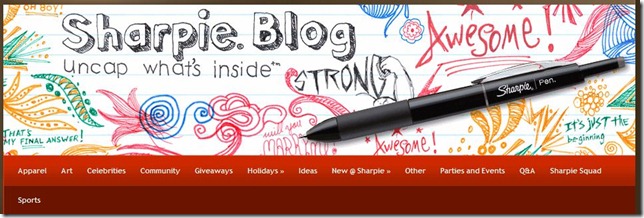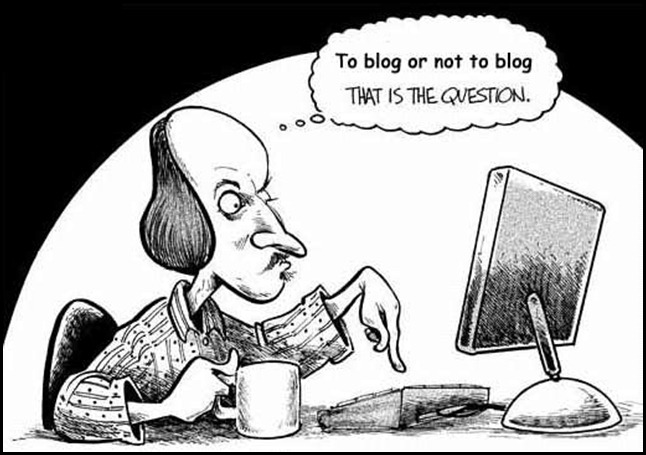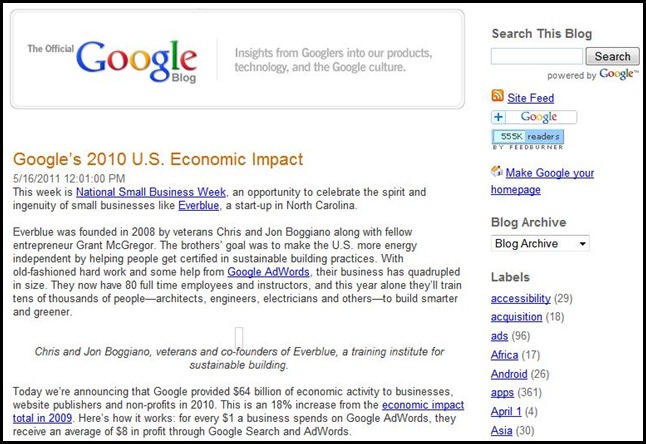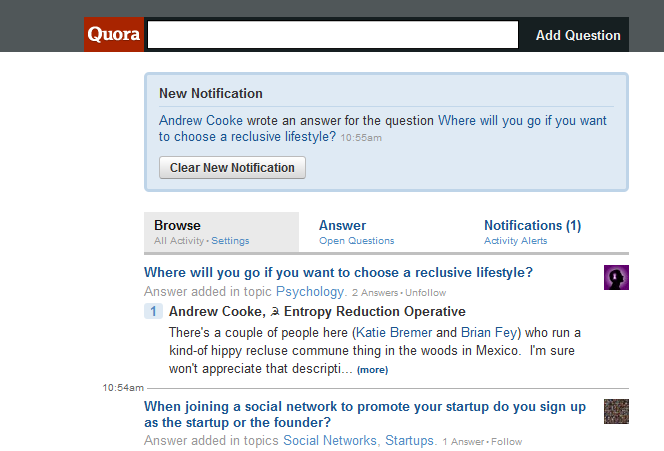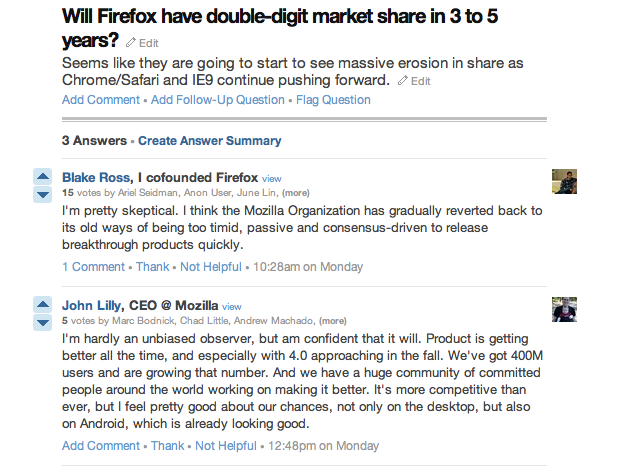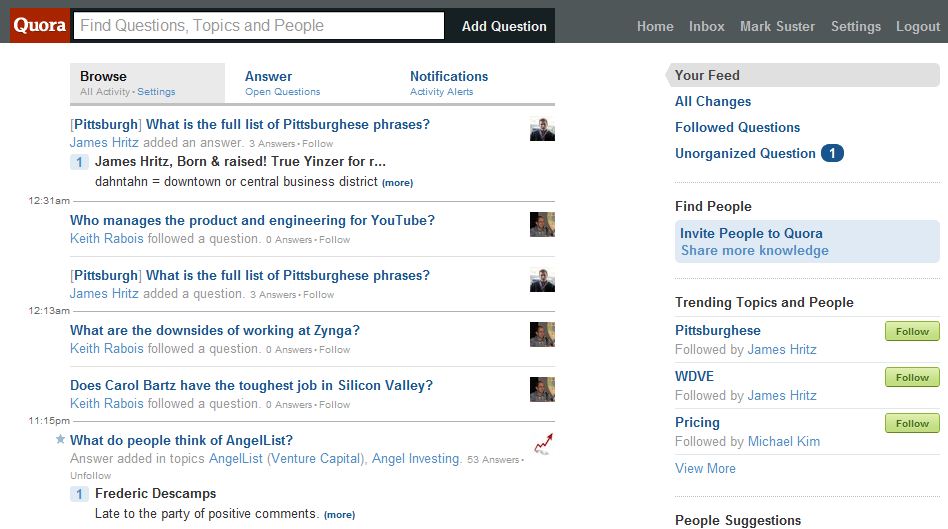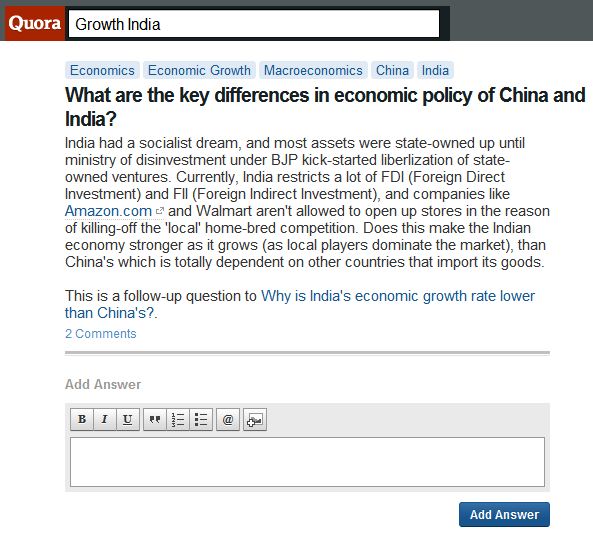 When we discuss about the FMCG sector, we can see that nowadays consumers are provided with numerous choices in every shelf of every category. Those days have also faded away when there was only one-way communication and are very positively replaced by two-way communication in the social world. This in turn affected the decision making process of the consumers in a great way. The consumer behavior is different now compared to what it was years ago.
When we discuss about the FMCG sector, we can see that nowadays consumers are provided with numerous choices in every shelf of every category. Those days have also faded away when there was only one-way communication and are very positively replaced by two-way communication in the social world. This in turn affected the decision making process of the consumers in a great way. The consumer behavior is different now compared to what it was years ago.
Consumers’ today research, review & seek recommendations; analyze the post purchase experience etc. before initiating any purchase. Their will to reach out to the brands directly and with ease has become easy with social media wherein the engagement and interactions lead to purchase decisions.
When leveraging an FMCG firm using social media, one should base it on few parameters like: core consumers, their engagement, tracking the interactions about the brand, measuring the success of the brand in social media and most importantly the challenges faced by FMCG brand managers in the social space.
In order to identify the core consumers, FMCG brands should not think of segmenting their social media audience. Instead, they should try engaging with the existing customers irrespective of whether they are core or not and utilize the social media tools to achieve brand’s goals.
When you are planning out a social media strategy for your FMCG brand, the initial step is listening to what your consumer has to say. Therefore the social journey of your FMCG brand should always begin with social listening. This will build up a lot of possibilities that the brand can utilize to further strengthen the bond with its customers.
Analyzing the interactions will help you gain a deeper insight into your consumer’s minds and their sentiments towards your brand. For a solid measurement of your Return on Investment always keep a consistent eye on your competitor’s activities and structure your activities accordingly.
Social Media facilitated FMCG brands to become more self expressive and stand out amongst the rest as a more challenging one.
When it’s about FMCG brands, they are amongst some of the most innovative and prompt in their Social & Digital media use. What potentially matters are the efforts taken by these brands to stay ahead in the market.
Before moving on, here are a few ways that FMCG brands should take up to market in social media:
· Plan and implement your marketing activities to know what the consumers feel about your brand. Let them not only know about the brand, but understand it, relate to it.
· Engage with your consumers. Try to reach out to their needs and directly connect with them.
· Your marketing activities should be a part of your consumer’s lives. It should reach out to them to wherever they go as they are the ones who will initiate the final purchase.
· Social media is more of a two-way communication. Do remember to ask questions to your consumers and get ideas.
· Last but not the least; do not confuse social media with media. Both have a different approach and strategy.
 Challenges for FMCG brands in Social Media
Challenges for FMCG brands in Social Media
An effort needs to be taken by FMCG firms/brands to not just limit their strategies, thoughts and marketing activities to campaigns in social media, but to think beyond that. They need to structure ways in which the can use the social media tools to engage more consumers persistently.
There is a great potential for FMCG firms to create a mark through social media platforms. Moving ahead, viral videos etc. can be great for an FMCG brand, but they might end up being recalled as a video or some game, but maybe not as a brand. Therefore, a strong consumer engagement through effective social media marketing on a regular basis sees greater prospects for the brand.
What the entrepreneurs need to focus on today is that social & digital media need to be integrated with all the marketing activities effectively for a successful rise of their brands.
Social Media offers the FMCG marketers a direct access to the users of their products. Engagement, of consumer with the brand gives an insight of what people actually want from the brand.
Well, there can be times when an FMCG brand has to face problems such as time consumption and signifying the Return on Investment followed by lower levels of commitment by the consumers more likely occurring due to reduced brand resonance. In order to avoid or overcome these hurdles, FMCG brand managers need to focus on a certain principles to work successfully on social media:
– Set Goals
– Clearly understand the Social Media Tools
– Set up metrics to measure success
– Relate to the consumer
– Discover influencers & Invest in success
– Flexible approach
– Measure social media responses
– Consistent Interactions/Conversations
FMCG firms need to monitor and analyze the insights of their brand’s social media presence on a regular basis. One has to keep a check on what consumers are talking online about their brand and their competitor’s. An essential social media strategy will help a brand to maintain its industry standards and stay on top.
Therefore, the most authentic part of any social media strategy shines when an FMCG brand manager takes care of certain parameters namely:
– Consumer Insights: Examine the conversations happening about your brand and your competitor’s brand and plan your communication based on that.
– Competitive Analysis: Identify what your competitors are doing already and design your strategy to stand out as a stronger brand.
– Customer Service: Interact with your consumers, respond to their queries, enquiries etc.
– Track Trends: Discover the trending topics regularly and track them for a better understanding of your communication strategy
– Category Research: A regular study of your product category will give you a larger picture of your presence in the same.
– Crisis Management: Stay well equipped to identify and respond to potential crisis circumstances.
The marketing of FMCG products on Social Media, as we discussed earlier is not an easy victory that can achieved in a day’s time. One has to be aware of the fact that a consumer nowadays is more concerned about what they feel when they purchase and use a particular product.
FMCG brand marketers therefore stress largely on the feel good factors and factors with which consumers easily relate to.
Have a look at an exciting blend of information on the Social Presence of few of the FMCG brands:
Cadbury
With a focus to make everyday a celebration, Cadbury Dairy Milk went a long way to establish itself socially. When Pappu passed his exam, Cadbury came up with its ‘Kuch Meetha Ho Jaaye’ proposition followed by the ‘Shubh Aarambh’ one. Its doing really well on social platform. check out Cadbury Dairy Milk on Facebook.
Maggi
The lip-smacking noodles delight, Maggi came up with the ‘Meri Maggi’ concept and reached out to the nation widely. Its tonality online is very generic, neutral and simple.
Nescafe
Nescafe India Facebook page’s communication is based on the “Shake it, Make it” campaign. Although the brand does not involve lot of things that can be spoken about but its online campaign and activities keeps a major consumer base hooked to the page. Nescafe on Pinterest works a lot in creating an interest in consumer’s minds regarding the brand.
Pepsi
Pepsi as a brand is more youthful, fun and exciting. Its presence on Social Media is a well thought marketing strategy that incites the target audience to live the brand. It achieved great responses online which further helped them to structure their marketing strategy.
There rests a great potential for FMCG brands to explore Social Media platforms and leverage their brand identity. The rising competition in times to come will surely influence and encourage the FMCG sector to create a name in Social Media World.
In the FMCG sector, a desire to be elevated on social media will always prevail with the hits of yesterday transforming to the likes of today. What is essential is how you differentiate your brand and make it unique amid the brand clutter. As Entrepreneurs and Brand managers of FMCG firms, what challenges have you encountered in your social media marketing? How have you structured the social media plan for your FMCG brand? Is your social media strategy strong enough to facilitate a real time return on investment?













